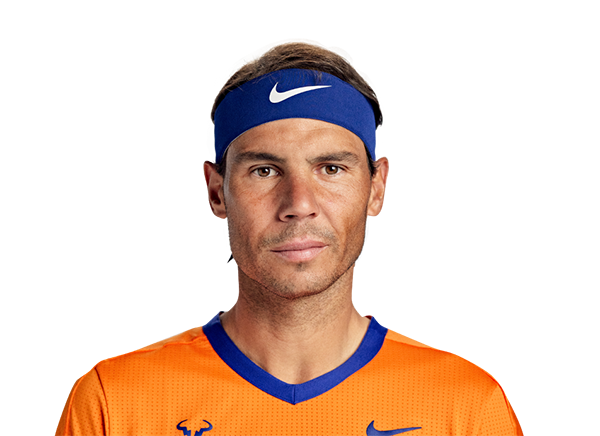please check this thread
gzhcpu seems to beleive the depth of racquet drop is not that important since acceleration of the racquet head occurs (according to his reference) just prior to contact. brian gordon was nice enough to take the time to respond in the thread but i was not sure if he agreed or not with my view that the depth of the racquet drop allows a longer distance for acceleration to occur and a drop along the right side of the body aligns the racquet path more optimumly into contact. anyones thoughts?? greatly appreciated.
that the depth of the racquet drop allows a longer distance for acceleration to occur and a drop along the right side of the body aligns the racquet path more optimumly into contact. anyones thoughts?? greatly appreciated.
gzhcpu seems to beleive the depth of racquet drop is not that important since acceleration of the racquet head occurs (according to his reference) just prior to contact. brian gordon was nice enough to take the time to respond in the thread but i was not sure if he agreed or not with my view
 that the depth of the racquet drop allows a longer distance for acceleration to occur and a drop along the right side of the body aligns the racquet path more optimumly into contact. anyones thoughts?? greatly appreciated.
that the depth of the racquet drop allows a longer distance for acceleration to occur and a drop along the right side of the body aligns the racquet path more optimumly into contact. anyones thoughts?? greatly appreciated.








Comment